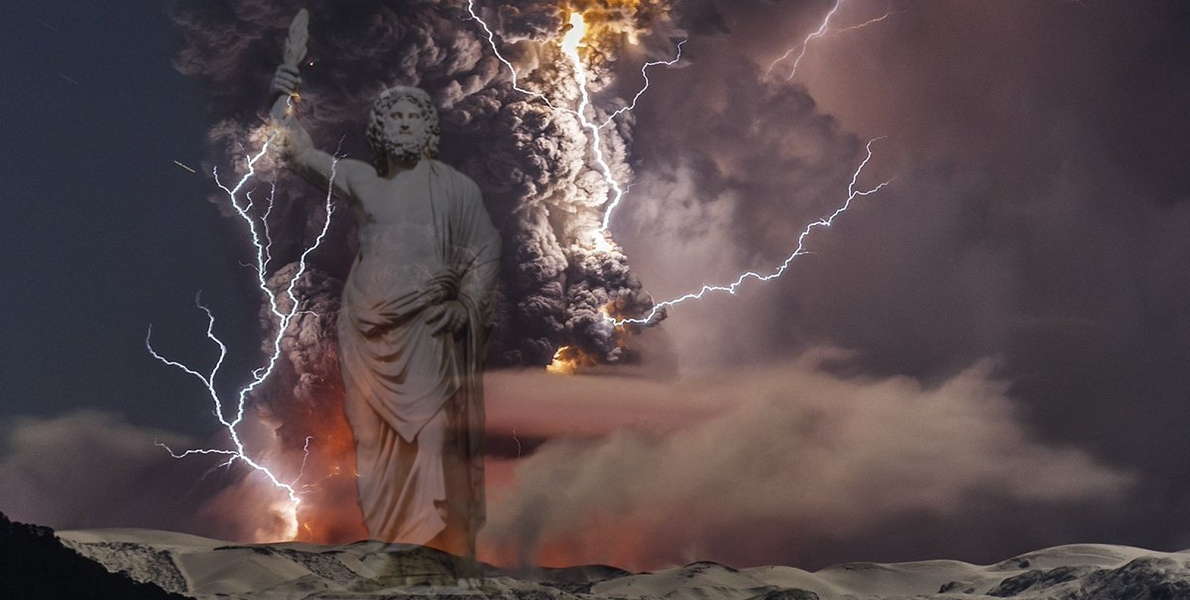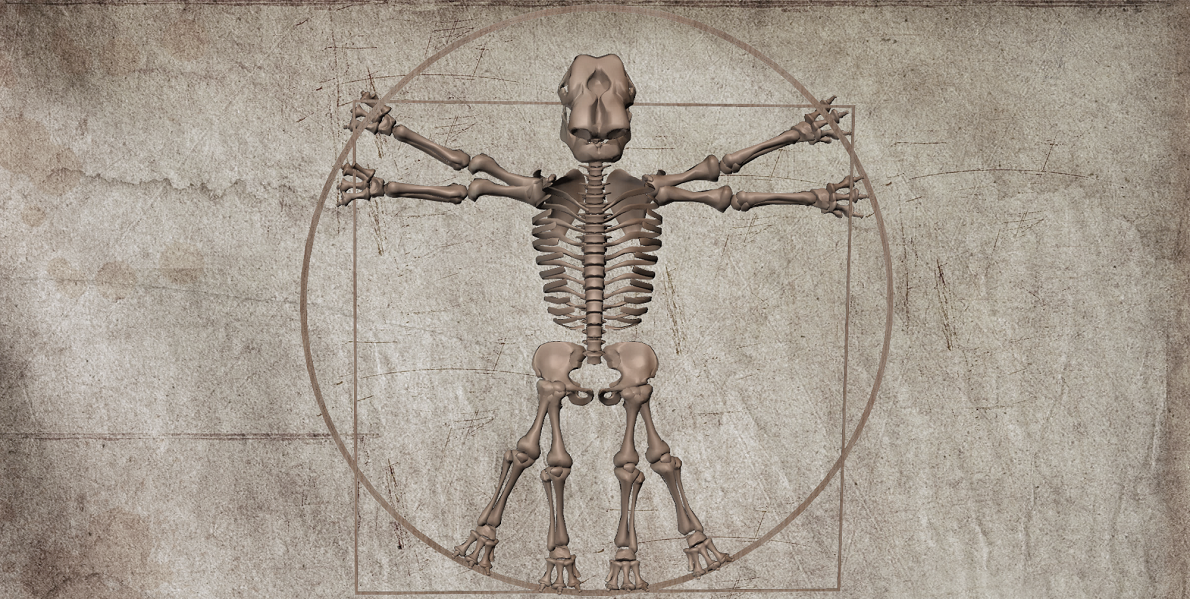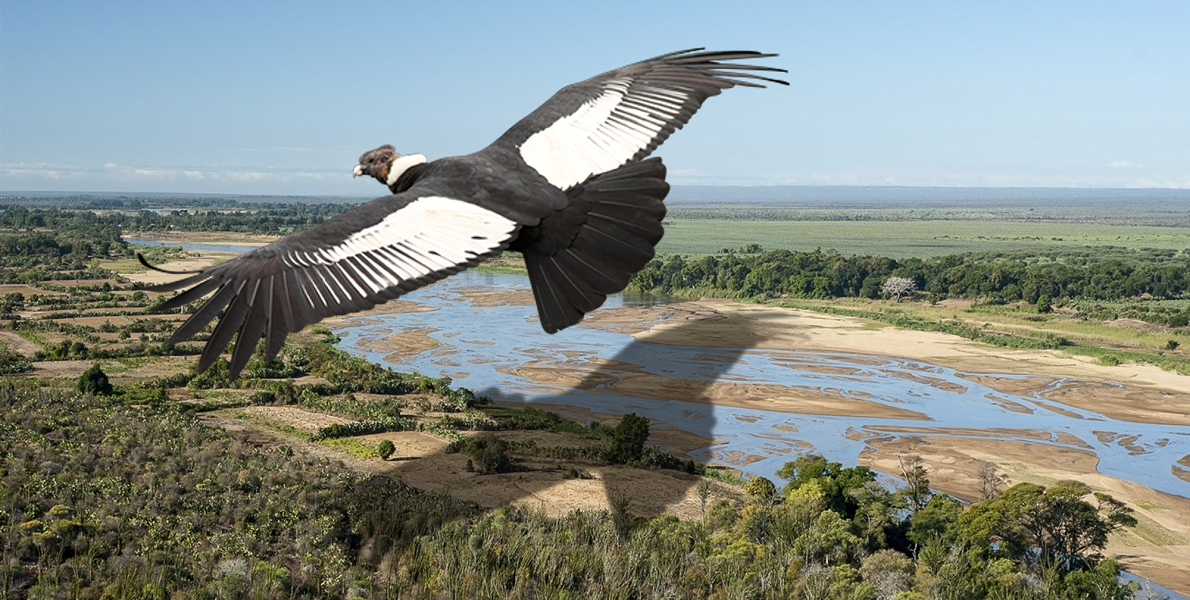Geomythology
Main Content




Geomythology
GEOL 329I and Geol 329H (honors section)
For centuries we’ve been taught that the myths that have come down to us from the ancient world are entirely fiction. After all, they’re filled with gods and goddesses, spectacular creatures, monsters and heroes. What else could they be except flights of fantasy to moralize, or amuse and frighten the ignorant and the foolish?
Not so fast! It turns out that many of these accounts might actually have their roots in reality. Careful reading of many of these ancient stories in their original historical context suggests that they might actually be attempts to describe and explain events that at the time were indescribable, and inexplicable. Events that shook the foundations of the ancient world – sometimes literally.
Events like earthquakes, volcanoes and other things that today would be called “Geohazards”, where beyond explanation in the past. But when they occurred – and they did occur – their impact on the people they affected was enormous. So people needed to find way to explain and describe what they had experienced and to pass on those descriptions as both collective memory and as a warning to future generations.
Geomythology explores a simple idea: that many myths encode information about real events that occurred in the distant past. It examines the factors that affect the transmission of information over long periods of time, especially when that information is passed on as oral traditions, then reviews a series of case studies of specific myths and families of related myths and discus how those myths might be distorted descriptions of real events.
Topics covered include:
- The Nature of Mythology
- Origins and Creation
- Eden and Golden Ages
- Geology and Geohazards
- Greek Geomythology
- Flood Myths
- Mythical Creatures and Dragons
- The Oracle of Delphi
- Celestial Phenomena
- Jericho and the Cities of the Plain
- Atlantis and Thera
- The Exodus


